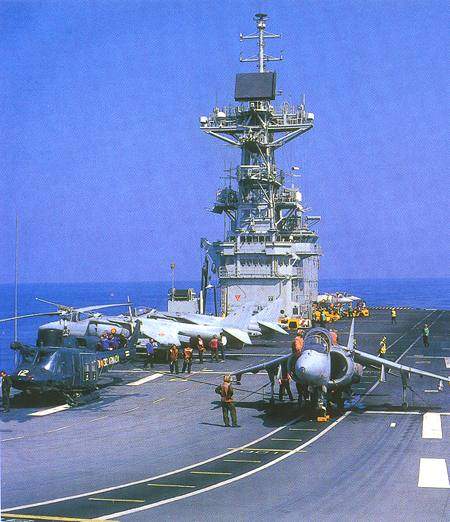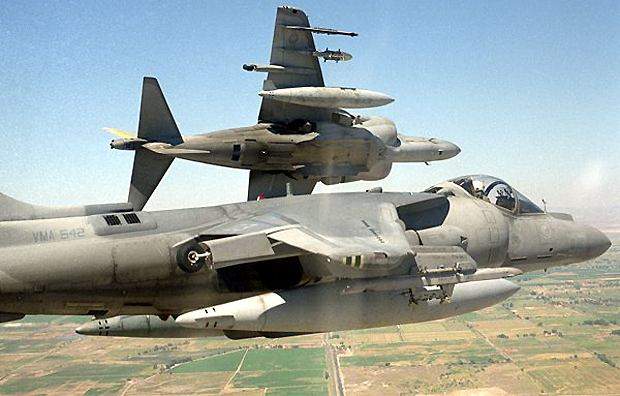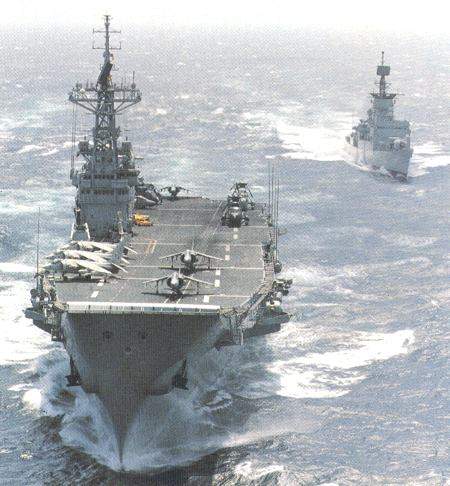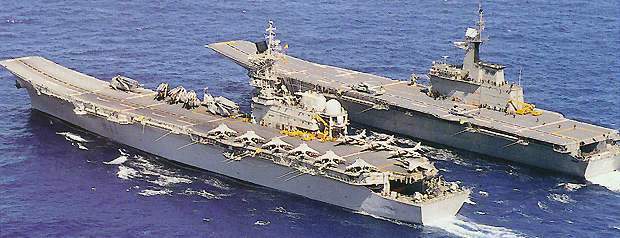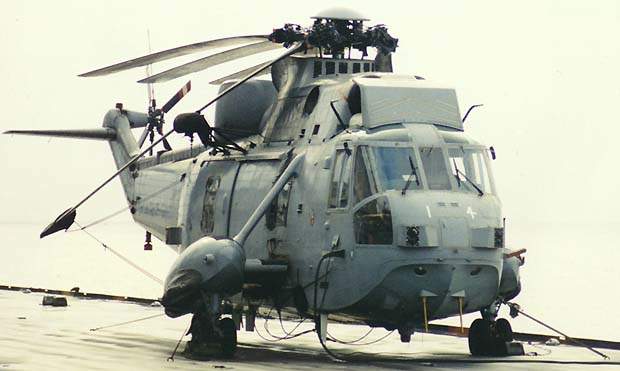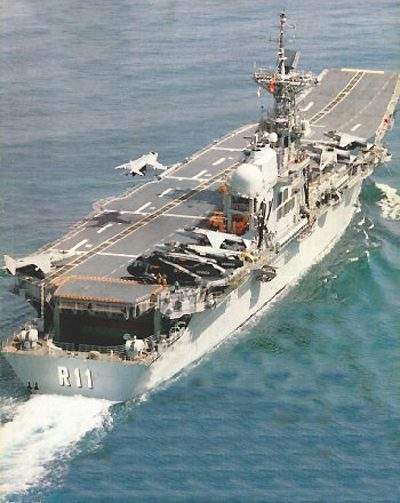The Principe de Asturias aircraft carrier has been in service with the Spanish Navy since 1988. The 17,190t ship was built by Izar (formerly EN Bazan) and is based at the Rota naval air base.
In February 2005, the naval shipbuilding activities of Izar were spun off into a new company, Navantia.
The layout of the ship was partly derived from the design of the US Navy Sea Control Ship. The hull was laid down in 1979 and the ship was launched in 1982.
The integration of a Tritan digital command and control system and the installation of a flag bridge to meet the requirements of the Spanish Navy delayed the commissioning of the Principe de Asturias until 1988.
The Spanish Navy is planning a mid-life upgrade for the vessel to make it more effective for littoral warfare. The upgrades will include improving anti-ship defence and the command system.
Carrier aircraft
The ship supports up to 12 AV-8B Harrier II Plus and Harrier II (being upgraded to Harrier II Plus configuration) aircraft. The Harriers are armed with AIM-9L Sidewinder and AIM-120 AMRAAM air-to-air missiles and AGM-65E Maverick air-to-ground missiles, in addition to GAU-12U cannon.
The carrier also has facilities to support up to 12 helicopters, usually six Sikorsky Sea King SH-3H, four Agusta AB-212 and two Sikorsky SH-3 AEW helicopters.
The ship normally supports a maximum of 29 fixed-wing and rotary-wing aircraft with up to 12 on deck and 13 aircraft in the hangar. In an emergency a maximum of 17 aircraft can be stored in the 2,300m² hangar. The hangar deck is accessed by two flight deck lifts. The 5,100m² flight deck is 176m in length and includes a 12° ski jump, 46.5m in length.
Weapon systems
The ship has four FABA Meroka mod 2B close-in weapon systems (CIWS), with 12-barrelled Oerlikon L120 20mm guns. The guns have a rate of fire of 1,440 rounds a min and a range of up to 2,000m.
They are installed two on the stern deck and one each on the port and starboard side of the flight deck. The Meroka fire control system has tracking radar and an Indra (formerly ENOSA) thermal imager.
The ship’s combat data system is the Tritan digital command and control system.
Countermeasures
The ship’s decoy system is the Lockheed Martin Sippican super rapid bloom offboard countermeasures, Super RBOC. The six-barrel launchers can fire both chaff and flare cartridges to a range of 4km. The towed torpedo decoy is the Argon ST AN/SLQ-25 Nixie decoy. A hull noise and propeller rate suppression system reduces the ship’s acoustic signature and increasing the effectiveness of the acoustic countermeasures deployed.
The radar interception and jamming system is the Nettunel electronic countermeasures unit from Elettronica.
Sensors
The large square antenna at the top of the radar mast is the Raytheon SPS-52C/D 3D air search radar operating at E and F bands. Just below this is the surface search radar antenna, the ISC Cardion SPS-55 operating over I and J bands. The large distinctive round dome of the aircraft control radar, the ITT SPN-35A operating at J band, is installed at the bow end of the island at roof level.
has facilities to support up to 12 helicopters.”
The fire control radar for the Meroka CIWS is the FABA SPG-M2B monopulse doppler radar, operating at I band. The ship’s missile approach warning radar is the SELEX Sistemi Integrati (formerly Alenia Marconi Systems) RTN-11L/X which operates in I and J bands. The I and J band target designation radar is the Selex RAN 12 L.
Propulsion
The ship is equipped with a COGAG (combined gas turbine and gas turbine) propulsion system, consisting of two General Electric LM 2500 gas turbine engines, each rated at a sustained power of 34.6MW. The engines drive a single shaft with variable-pitch five-bladed propeller built by Lips Propellers in Virginia.
The main propulsion system provides a maximum speed of 25kt and the range at an economical speed of 20kt is 6,500 miles.

